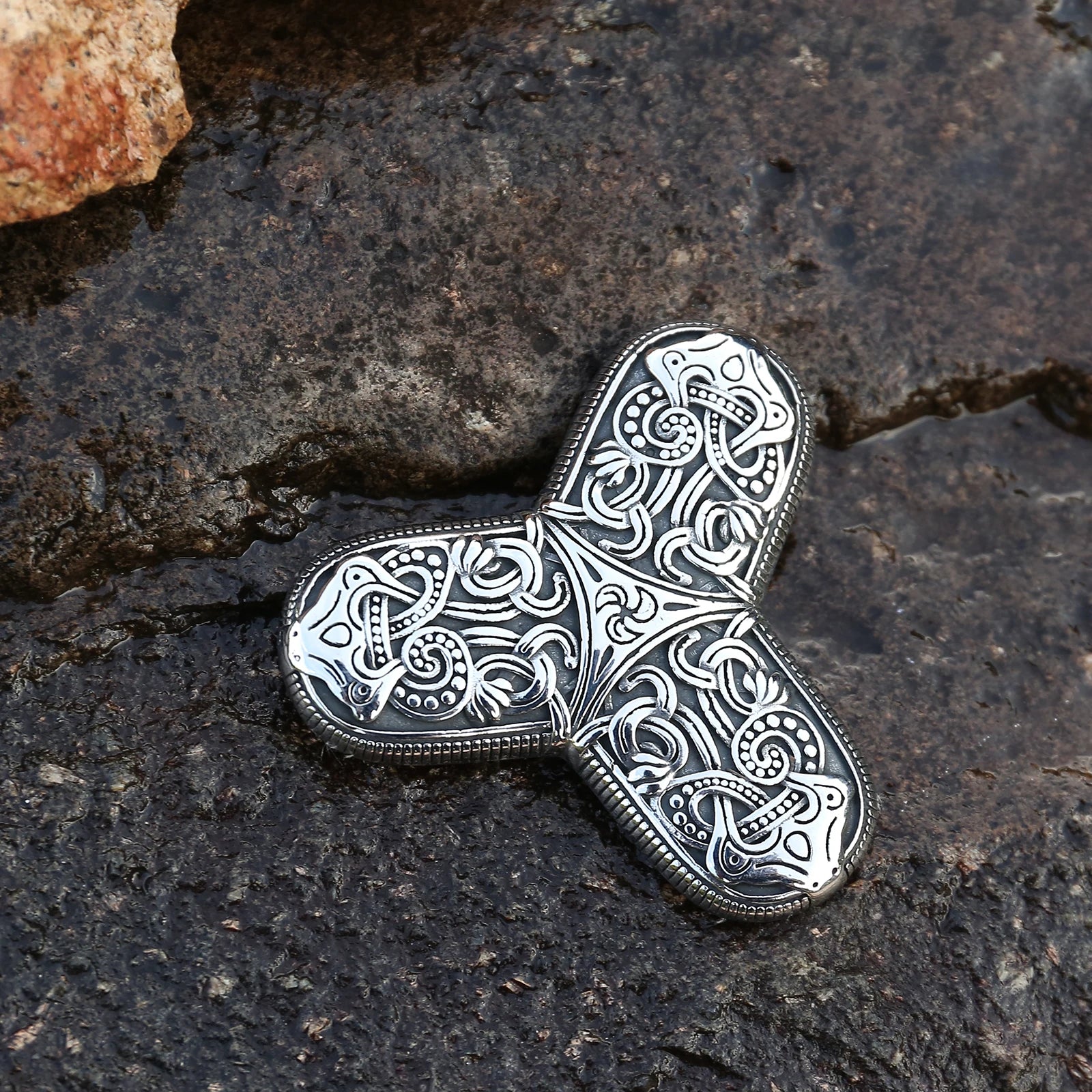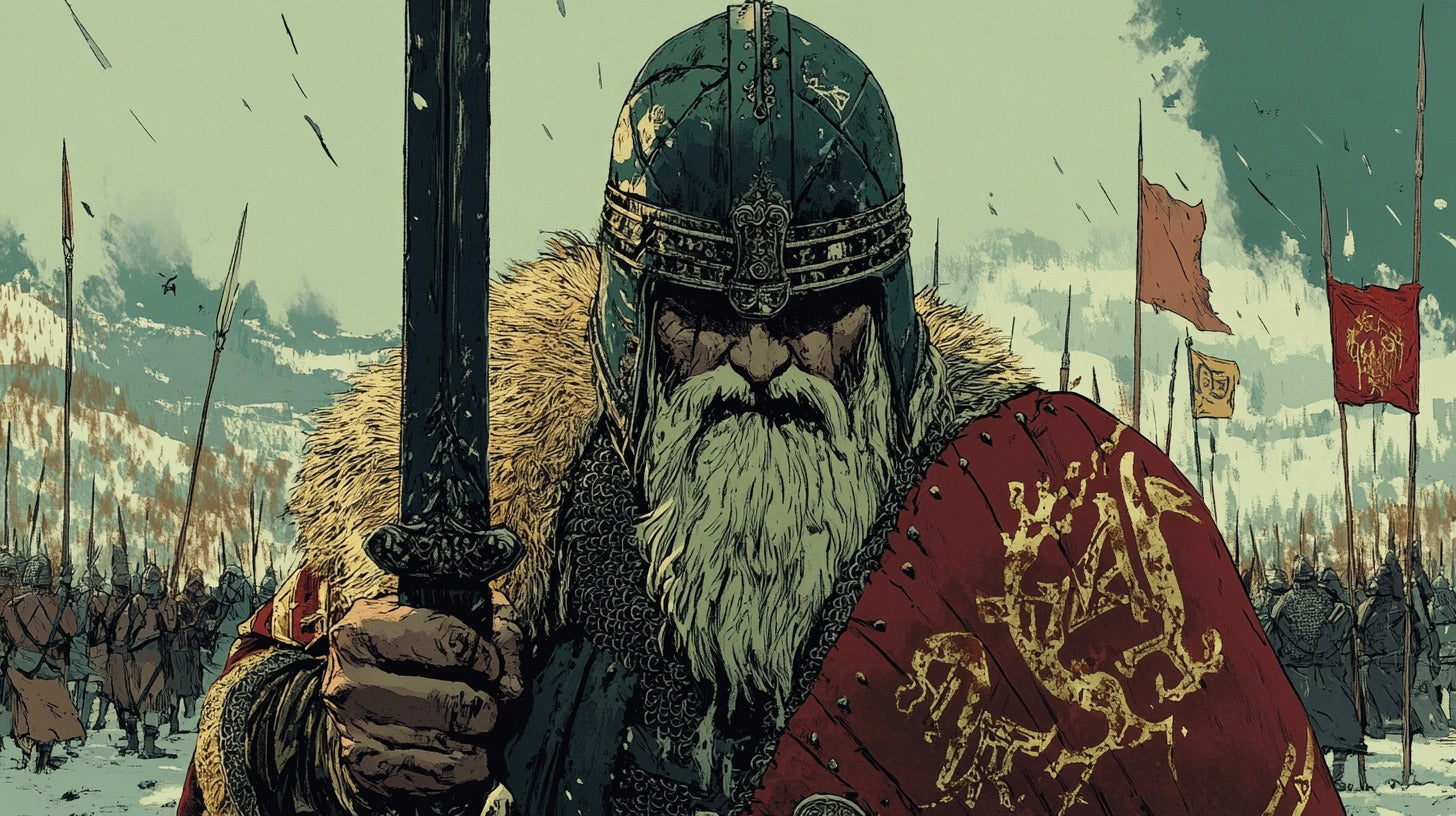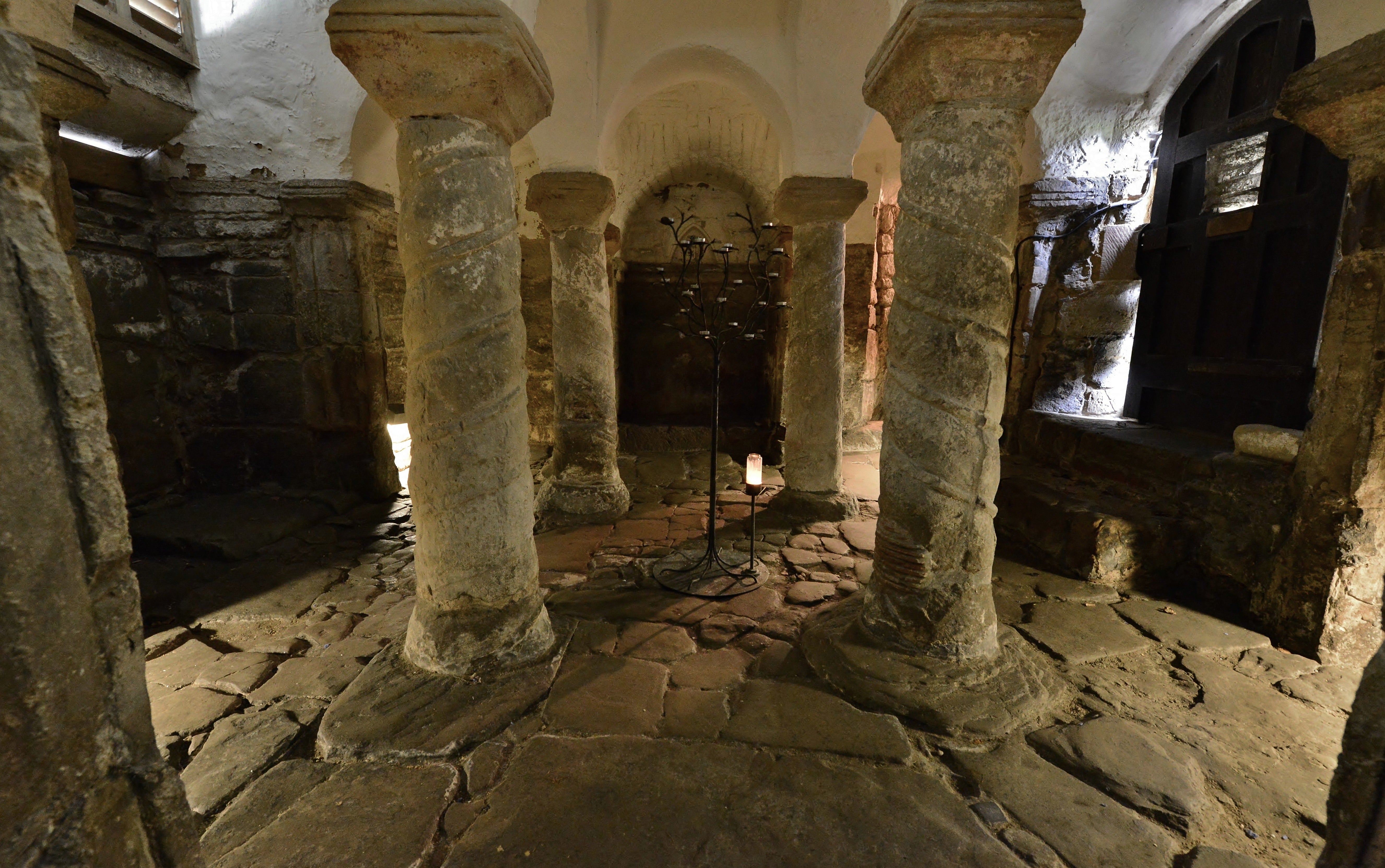
Ingimund: Norse Warlord and Settlement Leader in 10th Century Britain
Ingimund emerged as a significant Norse leader during the late 9th and early 10th centuries. While precise details of his early life remain uncertain, historical records indicate he originated from Norse-controlled Dublin, where he likely held a position of considerable influence within the Viking hierarchy. The Irish Annals and Anglo-Saxon Chronicles provide fragmentary but valuable information about his activities.
Journey to Britain

Initial Raids and Activities
In approximately 902 CE, following the expulsion of Norse settlers from Dublin by Irish forces, Ingimund led a contingent of Vikings across the Irish Sea. Historical records, particularly the Three Fragments of Irish Annals, document his initial attempts to establish a presence in Wales, specifically in Môn (Anglesey).
Settlement in Wirral
After unsuccessful attempts to settle in Wales, Ingimund negotiated with Æthelflæd, Lady of the Mercians and daughter of Alfred the Great, around 905 CE. This negotiation resulted in the permitted settlement of his followers in the Wirral Peninsula, marking a significant moment in the region's history. The settlement represented an unusual instance of peaceful Viking integration into Anglo-Saxon territory.
Leadership and Governance

Valknut Serpent Helm of Awe Norse Viking Amulet
Relationship with Local Anglo-Saxons
Ingimund demonstrated remarkable diplomatic skills in maintaining relatively peaceful relations with the Mercian authorities. Archaeological and historical evidence suggests a gradual integration of Norse settlers with local populations, though this process was not without tensions.
Establishment of Norse Communities
Under Ingimund's leadership, Norse settlements in the Wirral Peninsula flourished. Place-name evidence, including locations such as Thingwall (from Old Norse 'þingvǫllr', meaning assembly field), indicates the establishment of Scandinavian administrative systems.
Military Campaigns and Expansion

Old Norse Jelling Art Style Brooch
Conflicts with Welsh Kingdoms
Despite initial peaceful settlement, historical records indicate that Ingimund led several military campaigns against Welsh territories. These actions suggest ongoing territorial ambitions and the complex political dynamics of the period.
Battle of Chester
The most significant recorded military engagement involving Ingimund was the Battle of Chester (around 905-910 CE). While the precise date remains disputed among historians, the battle represented a crucial moment in the region's power dynamics.
Legacy and Historical Impact
Ingimund's influence extended beyond military achievements. His leadership facilitated the establishment of lasting Norse settlements in northwest England, contributing to the region's distinctive cultural and linguistic heritage. Place names, archaeological findings, and historical records attest to the enduring impact of these settlements.
Archaeological Evidence

Settlement Sites
Archaeological excavations in the Wirral Peninsula have revealed evidence of Norse settlement patterns, including typical Scandinavian building styles and layout. Particularly significant findings include artifacts from Meols and other coastal sites.
Material Culture
The material culture of Ingimund's settlements demonstrates a blend of Norse and Anglo-Saxon influences, reflecting the gradual integration of these communities. Artifacts include distinctive Norse metalwork, weapons, and domestic items.
Frequently Asked Questions
- When did Ingimund arrive in Britain?
Ingimund arrived around 902 CE, following expulsion from Dublin.
- Where did Ingimund primarily settle?
He established settlements in the Wirral Peninsula after negotiations with Æthelflæd.
- What evidence exists of Ingimund's settlements?
Archaeological findings, place names, and historical documents provide evidence.
- How long did Ingimund's influence last?
His direct influence lasted through the early 10th century, with lasting impact on regional development.
- What was Ingimund's relationship with local authorities?
He maintained primarily peaceful relations through diplomatic negotiations with Mercian leaders.
References
The Anglo-Saxon Chronicle (Parker Manuscript)
Three Fragments of Irish Annals
Wirral Archaeological Survey Reports (1985-2000)
F.T. Wainwright's "Scandinavians in Lancashire" (1945)
British Museum Viking Age Collection Documentation
"viking longhouse" by hans s is licensed under CC BY-ND 2.0.








